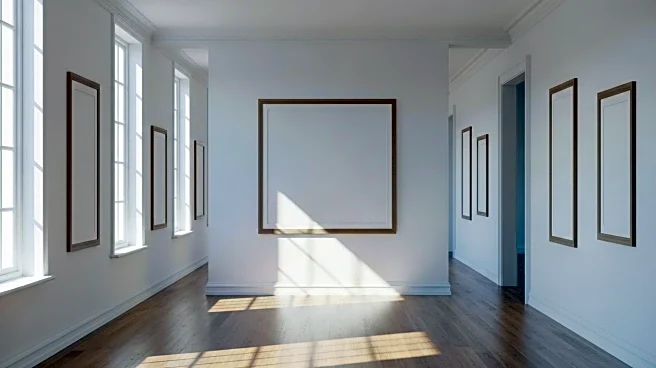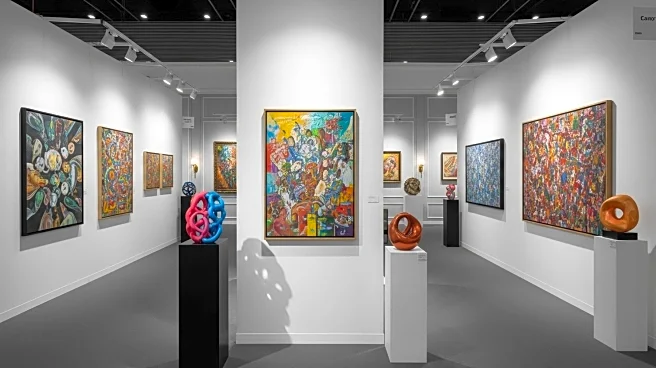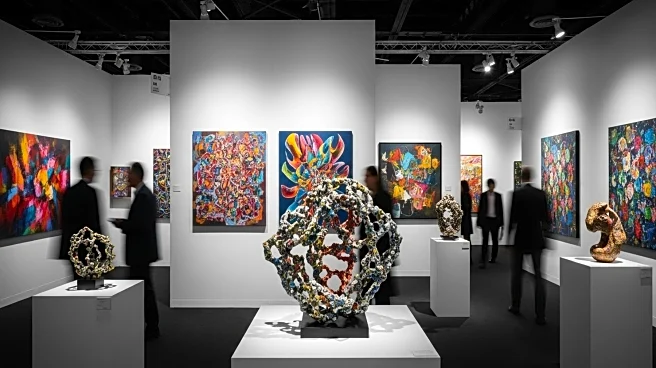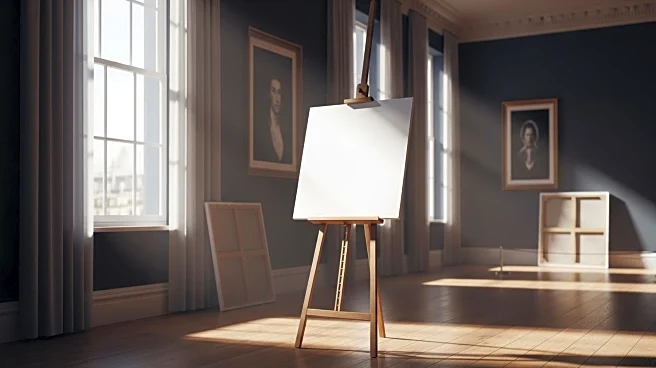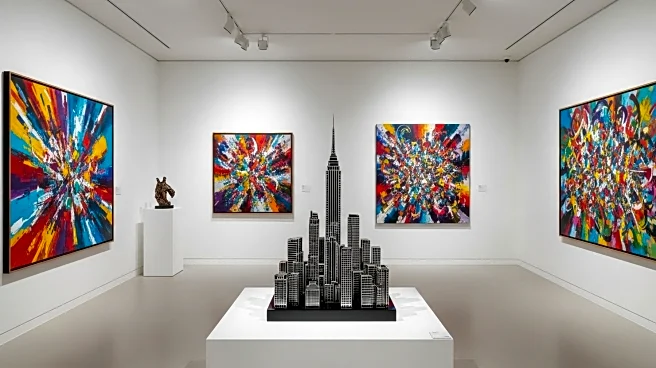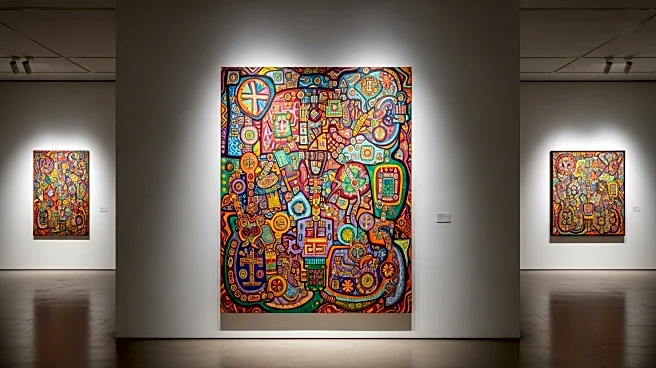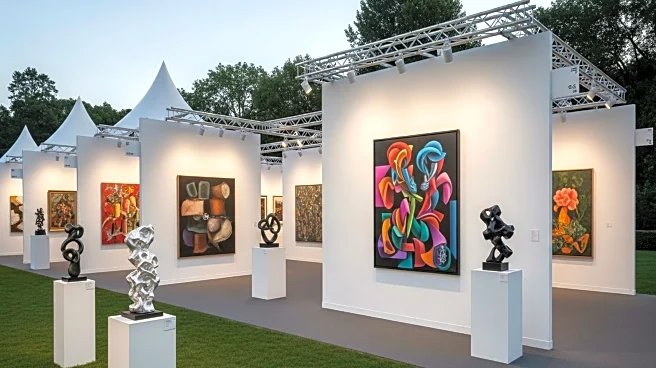What's Happening?
Tilton Gallery, a prominent art gallery located on the Upper East Side of New York, is set to close following its upcoming Ruth Vollmer exhibition. This marks the end of over four decades of art programming. The gallery, known for its significant contributions to the art world, will transition to private projects and research after the closure. The decision to close comes amidst a series of changes in the art industry, including the opening of new galleries and shifts in gallery leadership. The closure of Tilton Gallery is part of a broader trend of transformation within the art market, as galleries adapt to new economic and cultural landscapes.
Why It's Important?
The closure of Tilton Gallery signifies a notable shift in the New York art scene, which has long been a hub for contemporary art. The gallery's departure may impact artists who have relied on its platform for exposure and sales. Additionally, the transition to private projects could influence the way art is curated and presented in the future. This development reflects broader changes in the art industry, where galleries are increasingly exploring new models to sustain operations amid economic pressures. The closure also highlights the challenges faced by traditional art spaces in maintaining relevance and financial viability in a rapidly evolving market.
What's Next?
Following the closure, Tilton Gallery will focus on private projects and research, potentially setting a precedent for other galleries considering similar transitions. The art community may see a rise in private exhibitions and collaborations as galleries seek alternative ways to engage with audiences. Stakeholders in the art industry, including artists, collectors, and curators, will likely monitor these changes closely to understand their implications for the future of art presentation and sales. The closure may also prompt discussions about the sustainability of traditional gallery models and the need for innovation in the art market.

